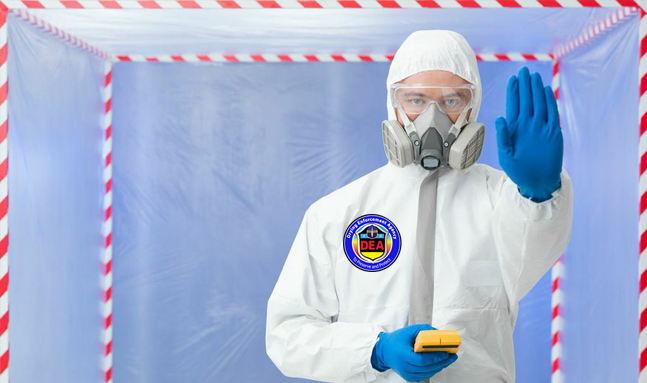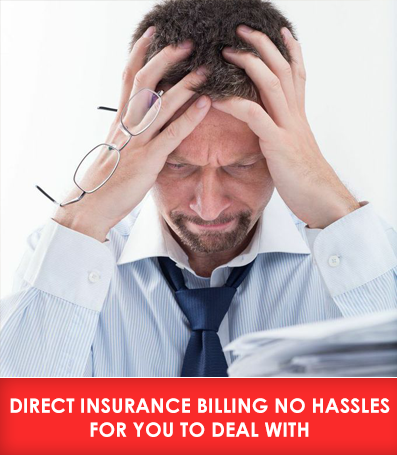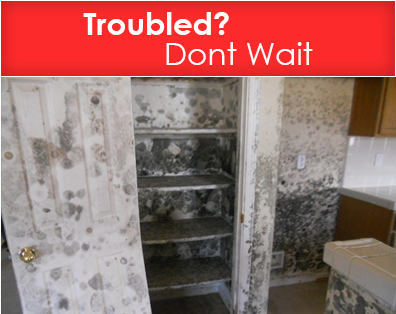Mold Remediation
Mold is everywhere and we live with many different types of mold everyday, some are the essential elements of life. The challenge is to know the difference between the mold we need and the mold that can be harmful to you or to the structural integrity of your home or business. That is why it is important to have a DEA professional to inspect your property to make this determination.
Mold becomes a problem inside a home or business when there’s excessive humidity or moisture for an extended period of time. The problem can start with a water damage, such as a burst pipe or large spill that goes untreated, or from an ongoing problem, such as a leaking roof or plumbing. Even high humidity or warm, moist air condensing on cool surfaces can trigger mold problems. It’s always best to have the mold evaluated and removed by a certified professional.
Mold can grow almost anywhere in a home or business if conditions permit. If there is visible growth on painted wall surfaces, you should be very concerned about what may be growing on the wall’s opposite side. If the wall remains wet for a prolonged period, it’s almost guaranteed that the mold growth on the back side will be worse than on the front. At that point, containing the work space and removing moldy materials, followed by cleaning of salvageable framing, are the best options.
Drying Enforcement Agency professionals have the training and experience to:
- Identify the moisture sources
- Evaluate the mold growth
- Contain the damage to the smallest area possible
- Physically remove contamination
- Dry and treat the materials to ensure that mold will not return
- Perform or recommend procedures for returning property to a pre-loss condition
5 Principles of Mold Remediation
- Make sure safety and health precautions are taken by cleanup professionals and occupants. Mold contaminated buildings can be associated with a number of health problems. Anyone involved in the mold remediation process must be protected from exposure through a combination of practices and controls.
- An assessment by an independent environmental expert. An effective mold remediation cannot be developed without first determining the extent of the contamination to be removed. To ensure that remediation work is being properly performed, it is highly recommended that appropriate documentation of the remediation process be kept by project management.
- Control of mold before it spreads further. Eliminating mold at the source of contamination is essential. Once mold spores spread through the air, it will be much more difficult to capture.
- Oversee the proper physical removal of the mold. The mold must be physically removed from the structure. Attempts to isolate mold or remove signs of mold on the surface are not adequate. Note that bleach alone cannot kill mold.
- Ensure that moisture is controlled to limit future contamination or recontamination. Mold growth is virtually inevitable if moisture is not controlled. Moisture problems must be identified, located and corrected or controlled as soon as possible.






